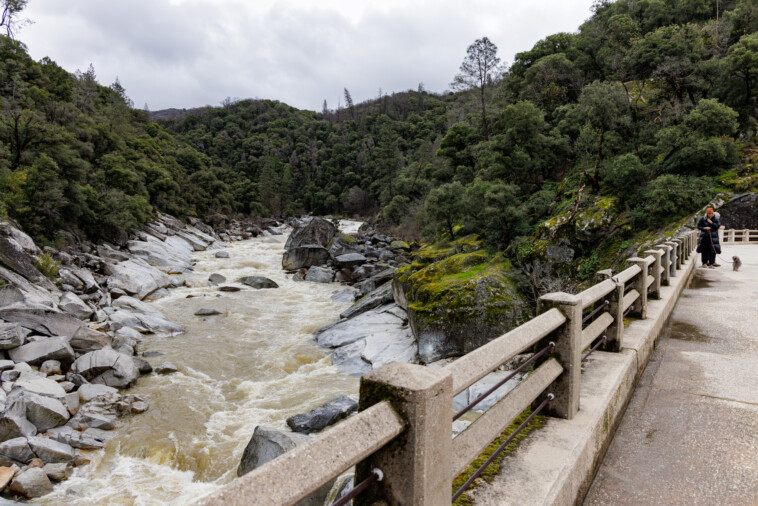SEATTLE – A powerful bomb cyclone associated with a major atmospheric river is forecast to drench the West Coast, from Washington to California, this week and could potentially lead to life-threatening flooding and blizzard conditions.
“Bomb cyclone” comes from the meteorological term “bombogenesis” or “explosive cyclogenesis.
This happens when a storm system’s central pressure drops at least 24 millibars within 24 hours.
This storm could be of historic strength. According to NWS Seattle, the lowest pressure recorded off Washington was on Oct. 24, 2021, at 942 mb (27.81 inches).
Model forecasts indicate the storm will approach this pressure level Tuesday evening, according to the FOX Weather Center.
‘High risk’ flood threat for Northern California
A big stream of moisture is set to arrive Tuesday night and will stick around through late in the week, possibly into the weekend, according to the FOX Forecast Center.
The system will bring steady, moderate rain for several days. This will likely lead to flooded roads, streams and even larger rivers.
Northern California will be the bull’s-eye of this atmospheric river.
From Wednesday to Friday, some areas could see 2-4 inches of rain daily, with even higher amounts possible in the mountains.
This has prompted the Weather Prediction Center to issue a rare “high risk” flash flood area for Northern California on Thursday.
80-mph winds possible
Strong winds will also begin to blow in Tuesday evening as the storm moves in.
Gusts of 60-70 mph are expected in exposed areas like ridges, headlands and parts of the coastal plains, the FOX Forecast Center said. The worst winds will occur Tuesday night and back off by Wednesday.
Blizzard in the mountains
In the Cascades, the winds will combine with heavy snow to produce dangerous blizzard conditions.
Travel is expected to become impossible Tuesday evening through Wednesday morning.
Like most atmospheric rivers, this one will dump feet of snow in the Cascades and Sierra Nevada.
However, the warmer Pacific air being pulled in by strong winds will raise snow levels higher than usual.
Blizzard Warnings have been posted for all the Cascades from late Tuesday afternoon through Wednesday morning.
This is where high winds are most likely to overlap with snow and reduce visibility to a quarter-mile or less for at least three consecutive hours.
Snow will likely begin around 3,500 feet, with the heaviest amounts above 4,000 feet, blanketing mountain ranges with several feet of snow.






